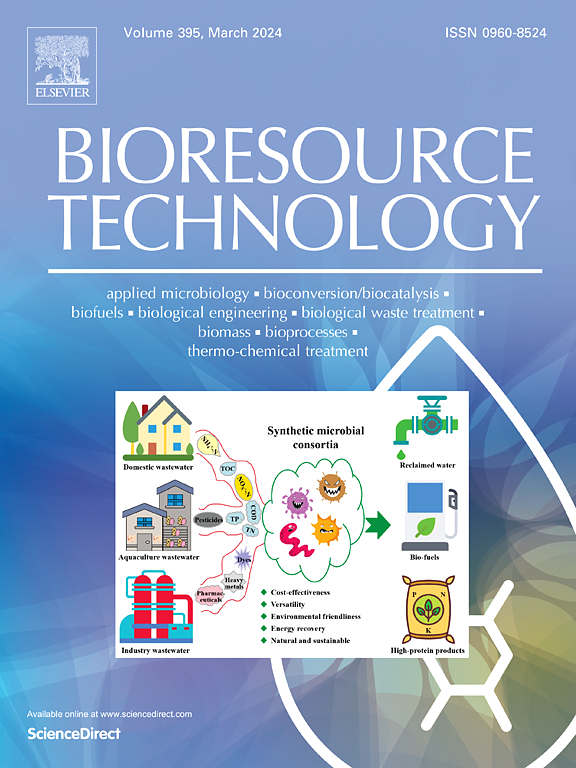Reversing lignin inhibition on enzymatic hydrolysis through regulating supramolecular assembly
IF 9.7
1区 环境科学与生态学
Q1 AGRICULTURAL ENGINEERING
引用次数: 0
Abstract
The non-productive binding of enzymes to lignin is a well-documented barrier to efficient enzymatic hydrolysis. While significant attention has been paid to the influence of lignin’s chemical structure on enzyme-lignin interactions, the role of its supramolecular assembly in this process has largely been overlooked. In this study, we regulated the supramolecular assembly of ethanol organosolv lignin (EOL) through solvent exchange dialysis and investigated its impact on the enzymatic hydrolysis of cellulose. Our findings reveal that tuning the supramolecular assembly of lignin significantly influenced its physicochemical properties, particularly particle size and hydrophobicity. Larger lignin particles, formed through self-assembly during dialysis, exhibited reduced hydrophobicity. Notably, the size of the lignin aggregates exercised very distinct effects on the performance of enzymatic hydrolysis. Certain large lignin assembled particles even reversed its inhibitory effects on the enzymatic hydrolysis of Avicel. EOL-M1 with the smallest particle size decreased 72 h glucose yields from 70.5 % to 62.9 %, whereas EOL-M100 with the largest particle size increased 72 h glucose yields to 82.3 %. Langmuir adsorption isotherms analysis, and X-ray photoelectron spectroscopy (XPS) analysis demonstrated that lignin with larger particle sizes and lower hydrophobicity reduced the enzyme-binding capacity. Furthermore, this phenomenon was consistently validated with three different lignin samples obtained from organosolv and kraft pulping processes. This study demonstrated the unusual functions of lignin particles in the enzymatic saccharification process. It also provides new insights into the mechanism underlying the influences of lignin on enzyme-lignin interactions and bioprocessing at large.

求助全文
约1分钟内获得全文
求助全文
来源期刊

Bioresource Technology
工程技术-能源与燃料
CiteScore
20.80
自引率
19.30%
发文量
2013
审稿时长
12 days
期刊介绍:
Bioresource Technology publishes original articles, review articles, case studies, and short communications covering the fundamentals, applications, and management of bioresource technology. The journal seeks to advance and disseminate knowledge across various areas related to biomass, biological waste treatment, bioenergy, biotransformations, bioresource systems analysis, and associated conversion or production technologies.
Topics include:
• Biofuels: liquid and gaseous biofuels production, modeling and economics
• Bioprocesses and bioproducts: biocatalysis and fermentations
• Biomass and feedstocks utilization: bioconversion of agro-industrial residues
• Environmental protection: biological waste treatment
• Thermochemical conversion of biomass: combustion, pyrolysis, gasification, catalysis.
 求助内容:
求助内容: 应助结果提醒方式:
应助结果提醒方式:


